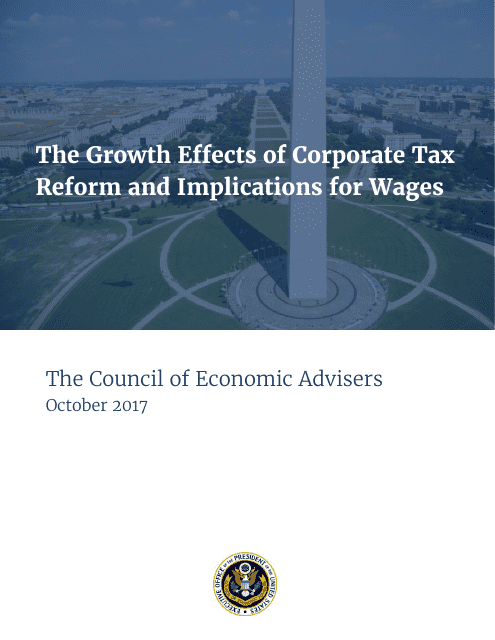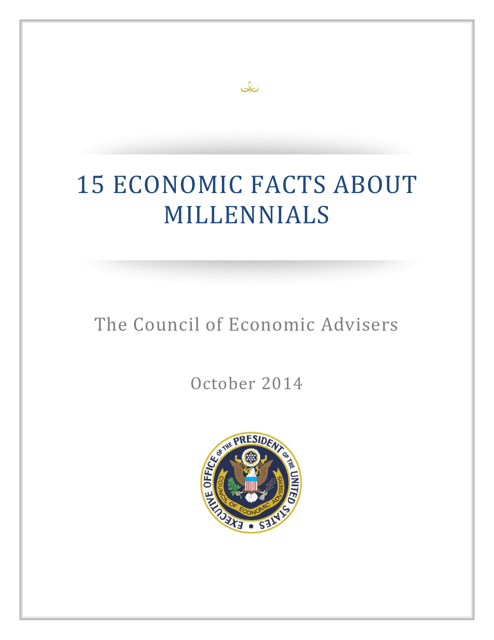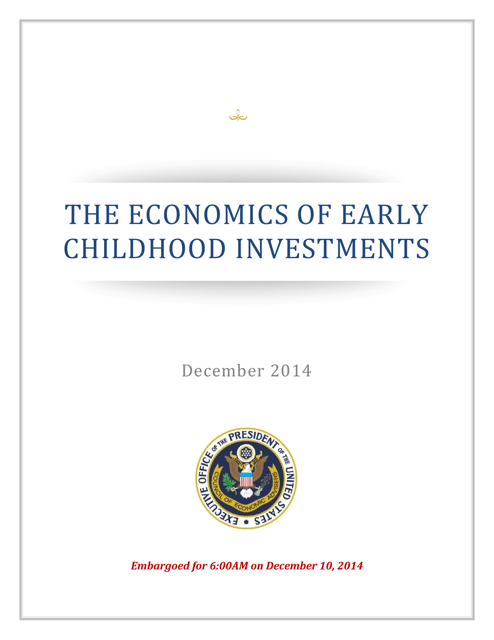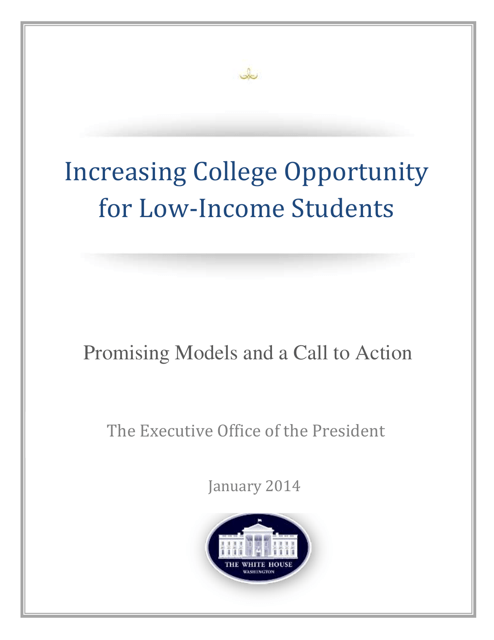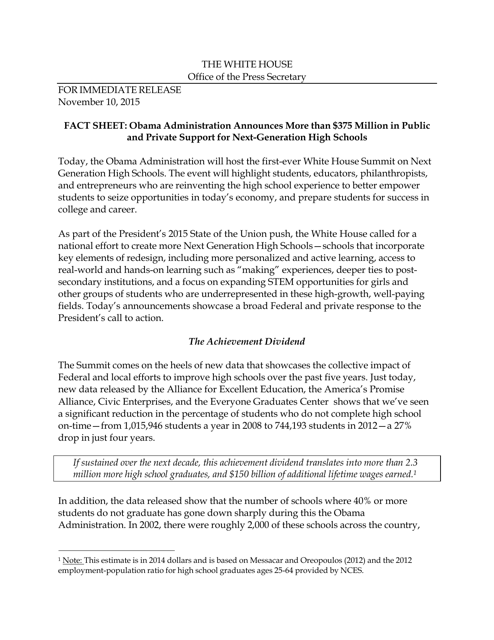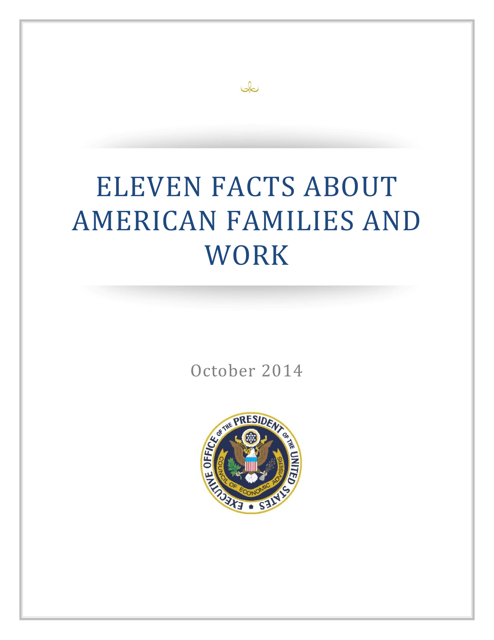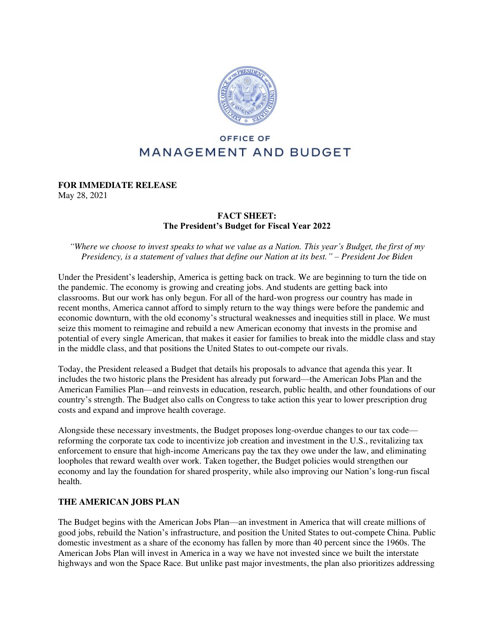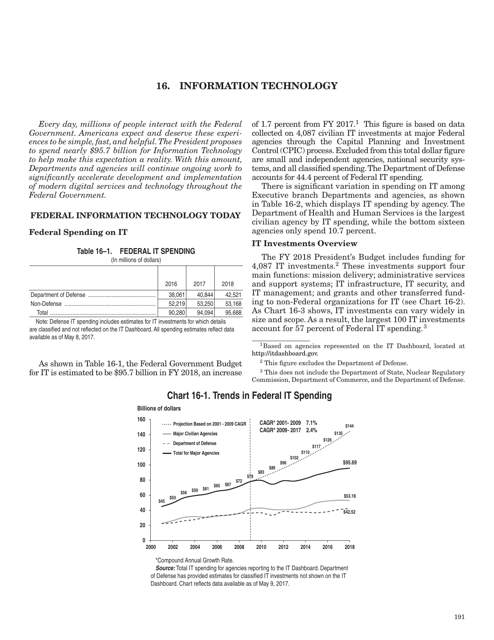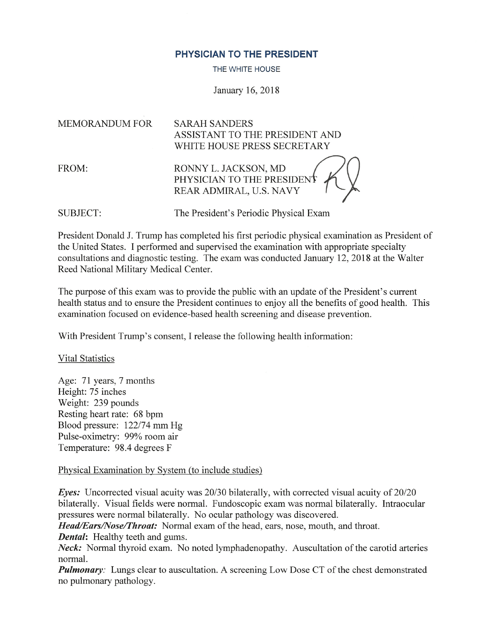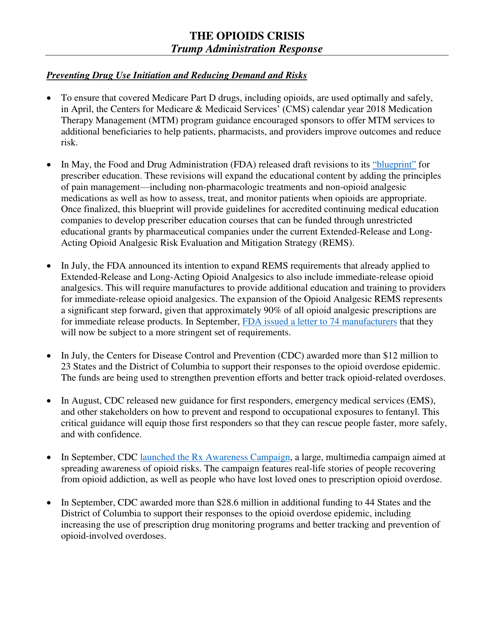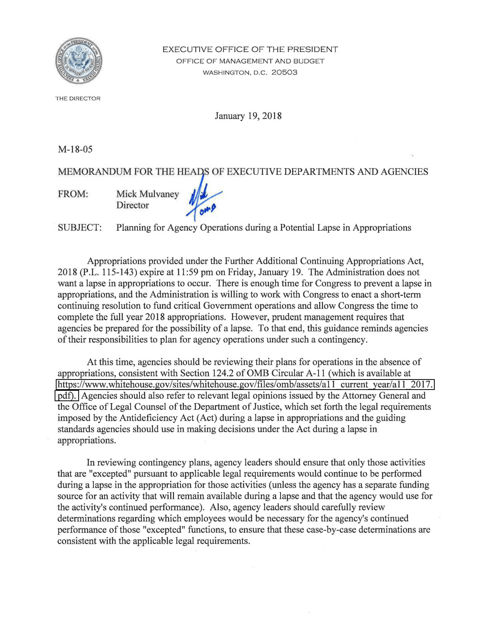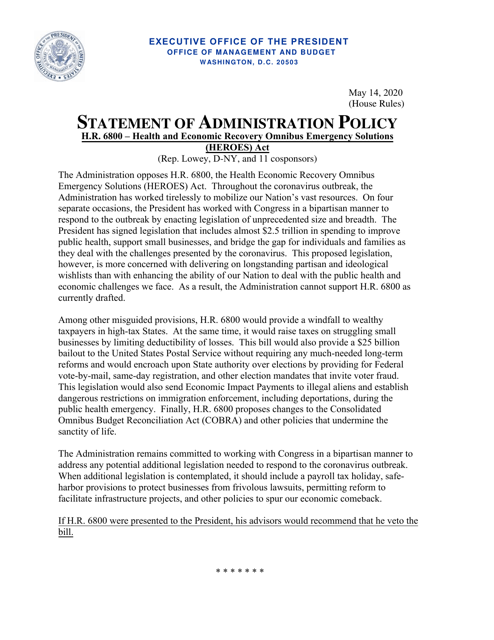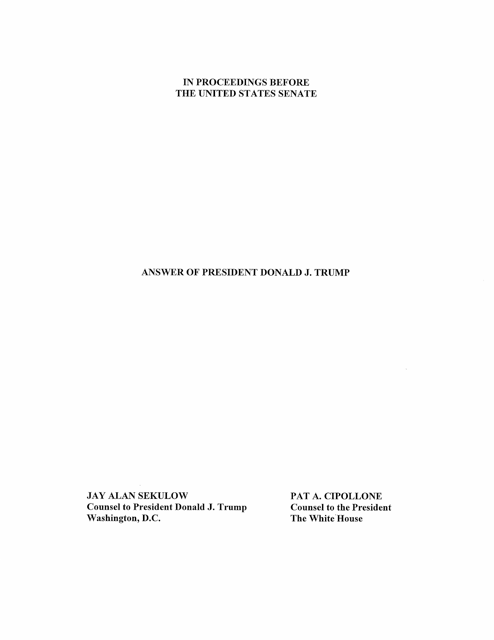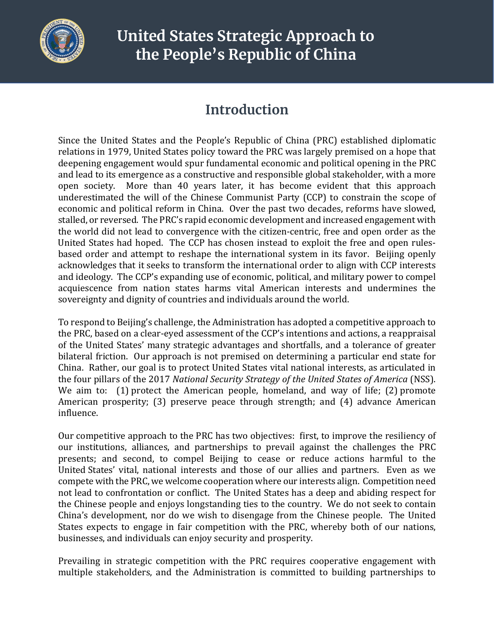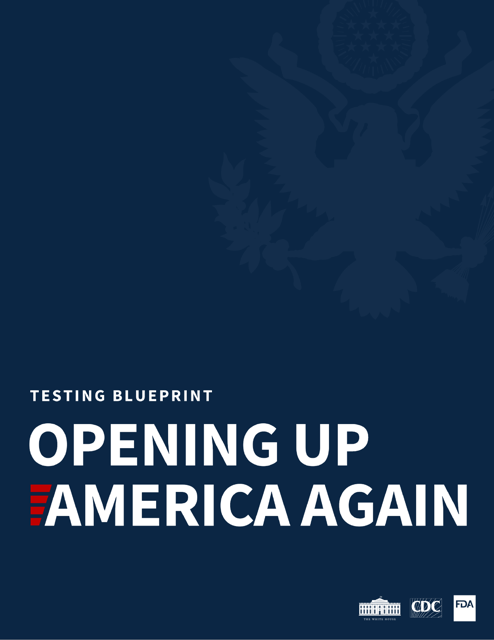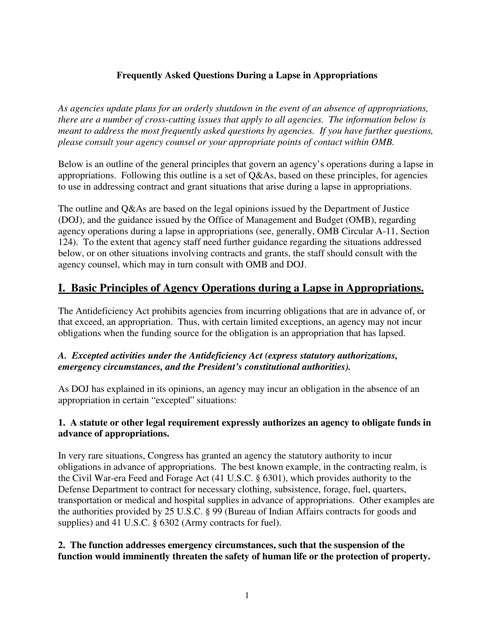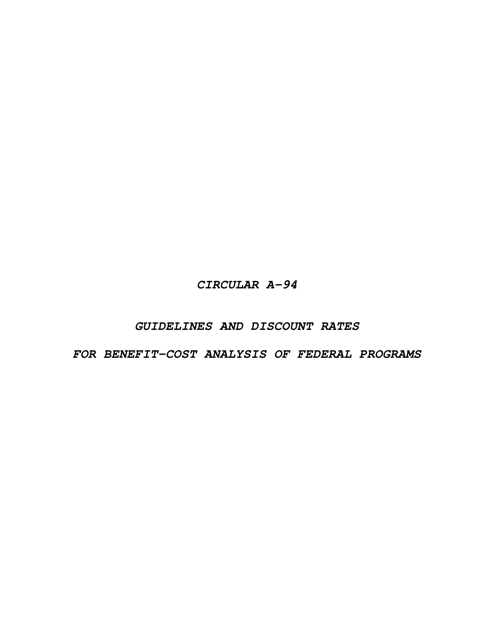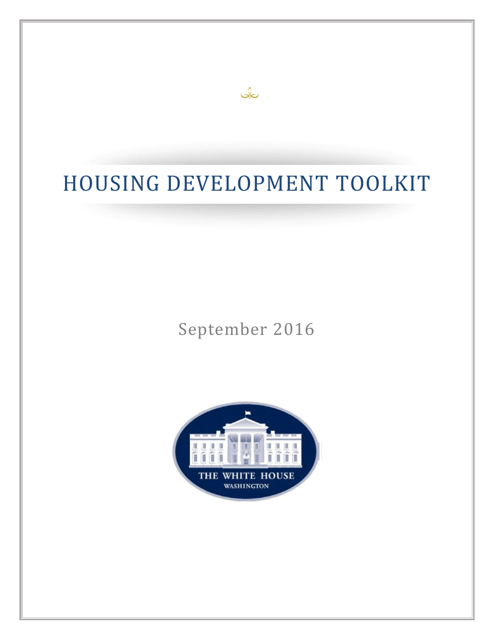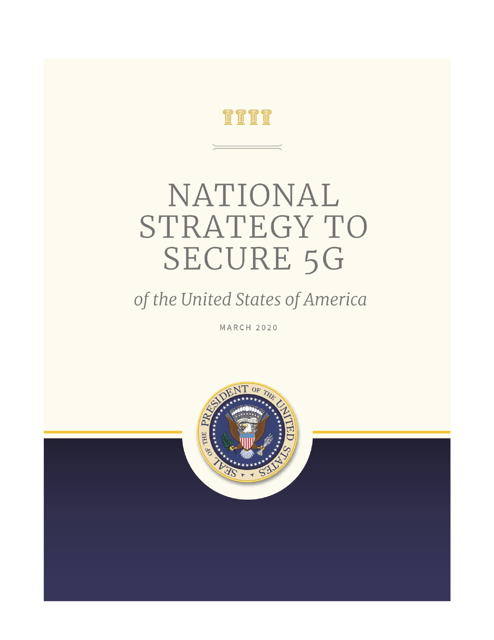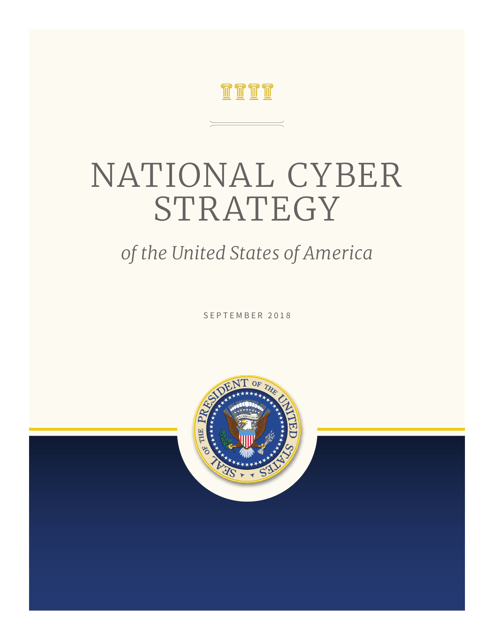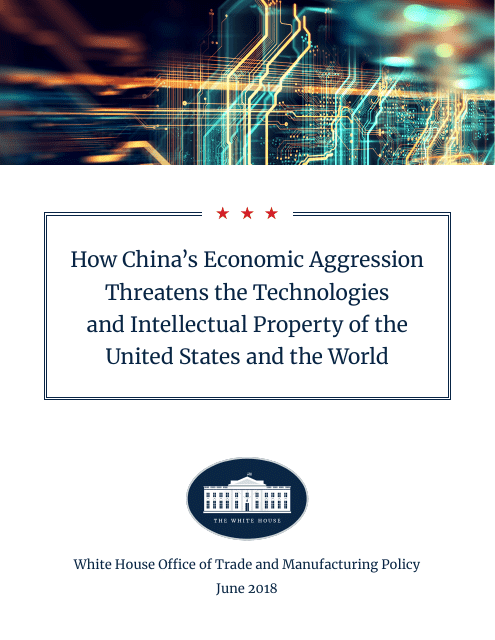Executive Office of the President of the United States Forms
The Executive Office of the President (EOP) of the United States serves as the administrative and support unit for the President. Its primary purpose is to assist the President in fulfilling his duties and responsibilities by providing advice, information, and support on various matters. The EOP consists of multiple offices and agencies that work together to help the President effectively carry out his duties and implement his policy agenda. Some of the key functions of the EOP include policymaking, policy implementation, coordination of government agencies, economic analysis, communication, legal counsel, and national security advisory support. The EOP plays a crucial role in supporting the President's decision-making process and ensuring the efficient operation of the Executive Branch.
Documents:
33
This research document explores the impact of corporate tax reform on economic growth and wages. It examines how changes in corporate taxes can affect these factors.
This document explores the economic impact and implications of paid and unpaid leave policies. It provides analysis and recommendations related to the topic.
This document examines the impact of conflicting investment advice on retirement savings. It discusses the potential consequences of receiving conflicting information and offers insights on how to navigate this issue.
This document provides 15 economic facts about millennials, as compiled by the Council of Economic Advisers. It offers insights into the economic trends and challenges that millennials face.
This document discusses the economic benefits of investing in early childhood development and education, highlighting the long-term impact it has on individuals and society.
This type of document discusses the advantages of community-based broadband solutions in promoting community development and providing high-speed internet access. It highlights the benefits of competition and choice in fostering innovation and improving internet connectivity within a community.
This document provides strategies and initiatives aimed at expanding access to college education for students from low-income backgrounds. It highlights various efforts to create equal opportunities and eliminate barriers to higher education for economically disadvantaged students.
This type of document provides information about the Obama Administration's announcement of over $375 million in public and private support for the development of next-generation high schools.
This document provides a one-year progress report on the White House Task Force on New Americans. It highlights the achievements and initiatives undertaken to support and integrate new immigrants into American society.
This document provides guidance on implementing the requirements outlined in OMB Memorandum M-12-12 Section 3, which focuses on reducing the footprint of government operations.
This document provides eleven interesting facts about the relationship between American families and work. It explores topics such as parental leave, work-life balance, and the gender wage gap.
This fact sheet provides information about the 2018 budget and the Infrastructure Initiative, which focuses on improving the nation's infrastructure.
This document provides a summary of the budget proposal presented by the President for the fiscal year 2018. It outlines the proposed funding allocations for various government programs and initiatives.
This document provides a summary of the President's proposed budget for the fiscal year 2022. It offers key information about how the government plans to spend and allocate funds for various programs and initiatives.
This document provides information on the budget allocated to Information Technology by the United States Government. It outlines how funds are allocated and spent on IT-related projects and services.
This document provides details about the budget allocated to Information Technology by the United States Government. It includes information about funding, resources, and initiatives related to IT in the government.
This document is a report of the President's periodic physical examination. It includes details about the President's overall health, medical history, and any recommended treatments or lifestyle changes.
This document discusses the need for reform in pricing of biopharmaceutical drugs both domestically and internationally. It explores the challenges and potential solutions for ensuring affordable access to these medications.
This document discusses the response of the Trump Administration to the Opioids Crisis. It provides information on the actions taken to address the crisis and combat the opioid epidemic in the United States.
This document provides guidance to the heads of executive departments and agencies on how to plan for agency operations in the event of a potential lapse in appropriations. It outlines the steps that need to be taken to ensure continuity of essential functions and minimize the impact on government operations.
This document outlines the United States' plan for combating terrorism both domestically and internationally. It discusses strategies, actions, and collaborations to ensure the safety and security of the nation.
This document provides the official statement of the administration's policy regarding H.R. 6800, the Health and Economic Recovery Omnibus Emergency Solutions (HEROES) Act.
This document is the Abraham Accords Peace Agreement, also known as the Treaty of Peace, Diplomatic Relations, and Full Normalization between the United Arab Emirates and the State of Israel. The agreement aims to establish peace, diplomatic relations, and full normalization between the two countries.
This document outlines the United States' strategic approach towards the People's Republic of China. It provides insights into the US government's policies and objectives regarding its relationship and interactions with China.
This document outlines guidelines and strategies for conducting widespread testing to help reopen America safely during the COVID-19 pandemic.
This document provides answers to common questions that arise when there is a temporary interruption in government funding, also known as a lapse in appropriations. It explains how government services and programs are affected during this time.
This document provides guidelines and discount rates for conducting benefit-cost analysis of federal programs. It helps assess the economic merits of different programs and determine their cost-effectiveness.
This document provides a toolkit for housing development projects, offering strategies and resources to address affordable housing challenges.
This document outlines a plan to ensure the security of 5G networks in the United States, addressing potential risks and implementing measures to protect against cyber threats.
This document outlines the plan and approach of the United States in addressing cyber threats and ensuring national security in the digital age.
This document highlights how China's economic aggression poses a threat to the technologies and intellectual property of the United States and the rest of the world. It discusses the implications and potential impact on various industries.

